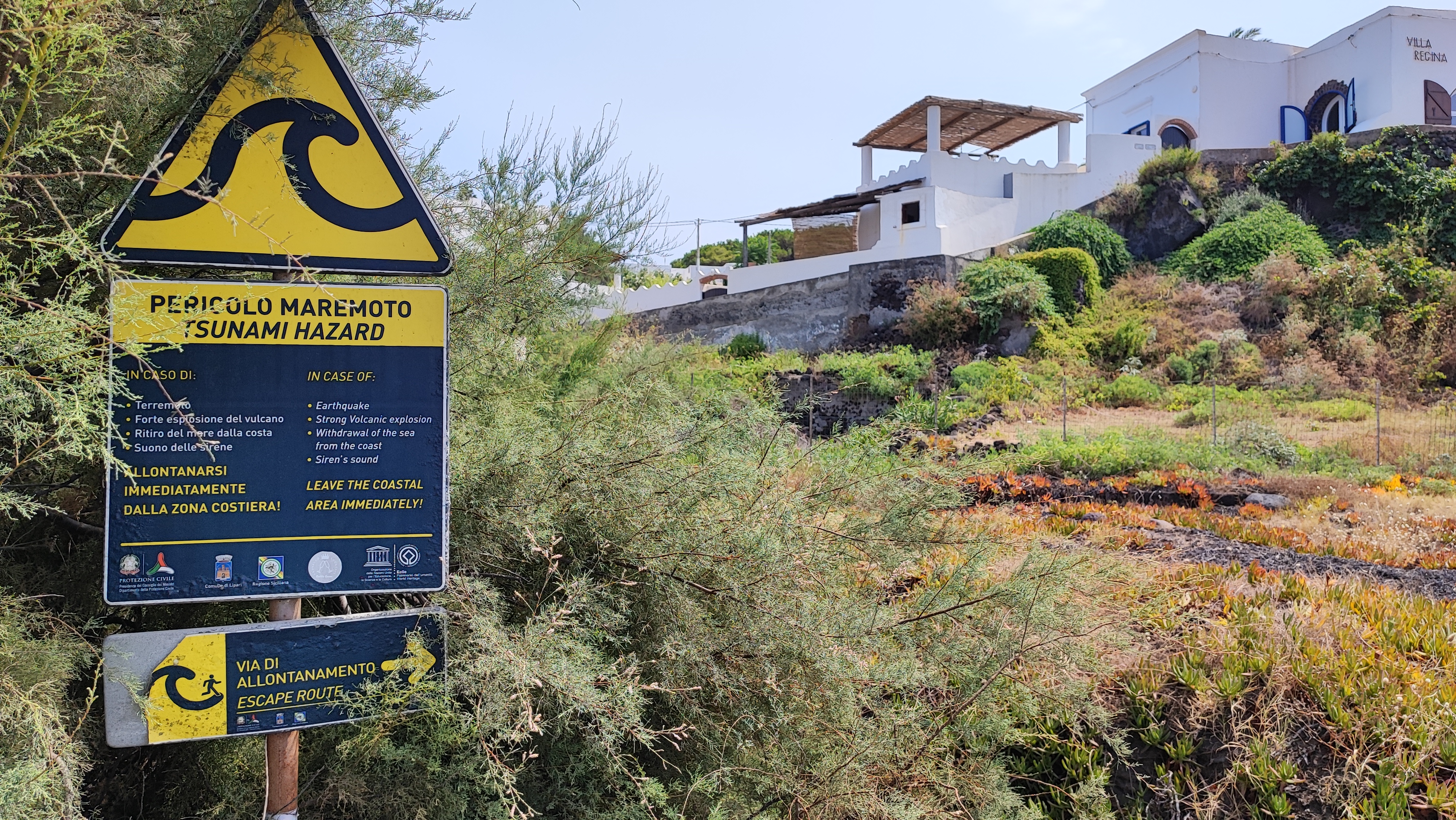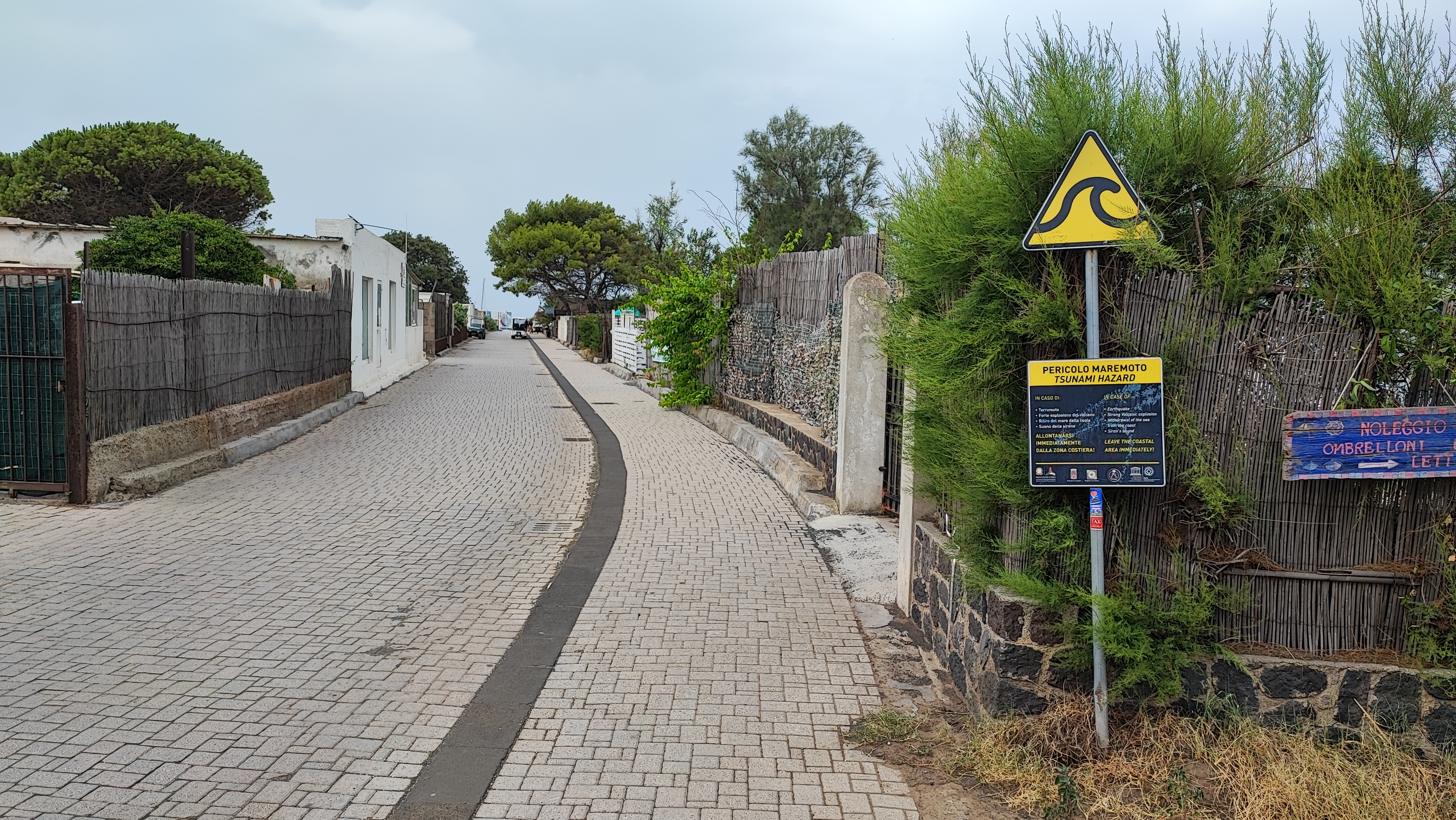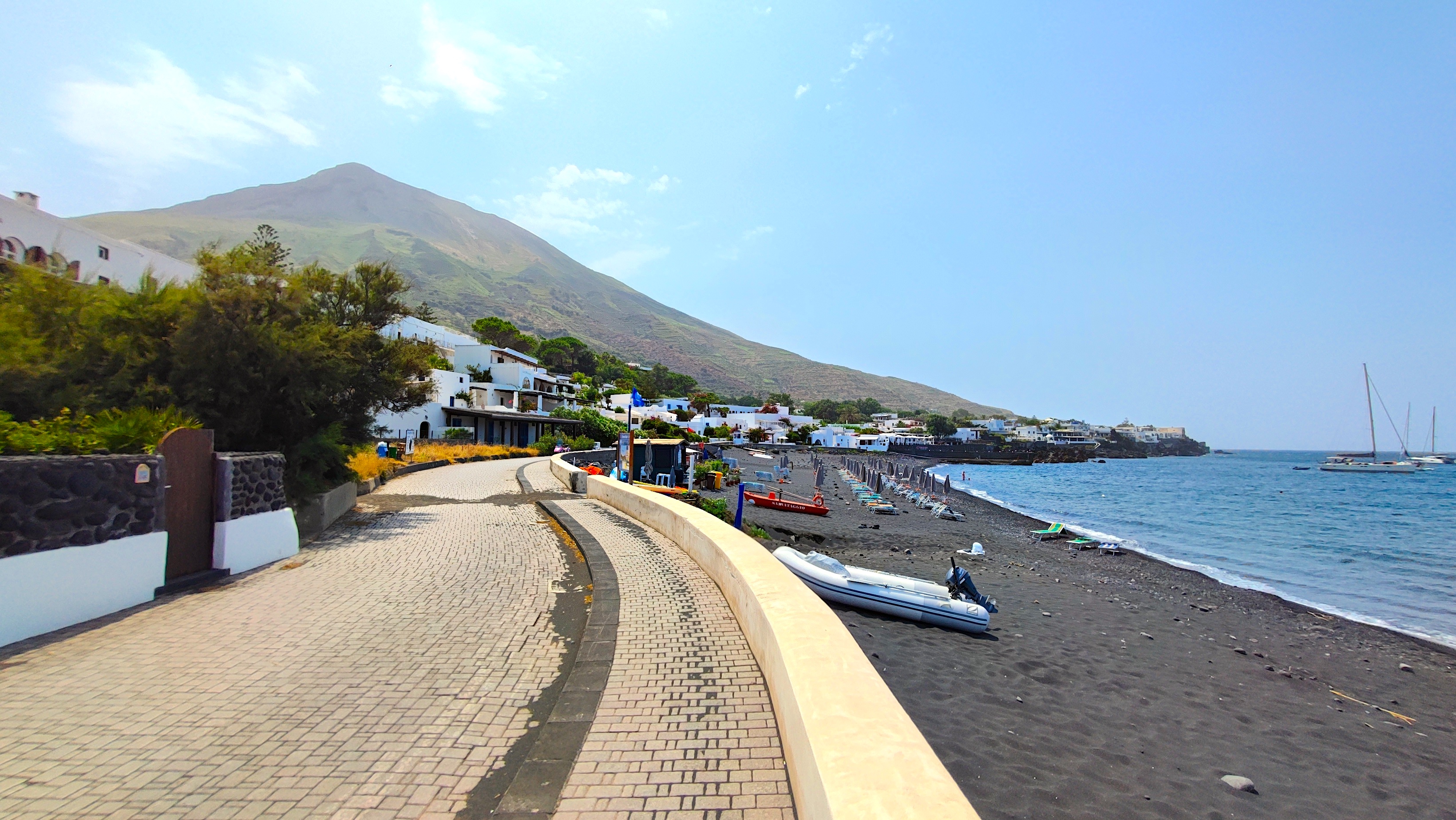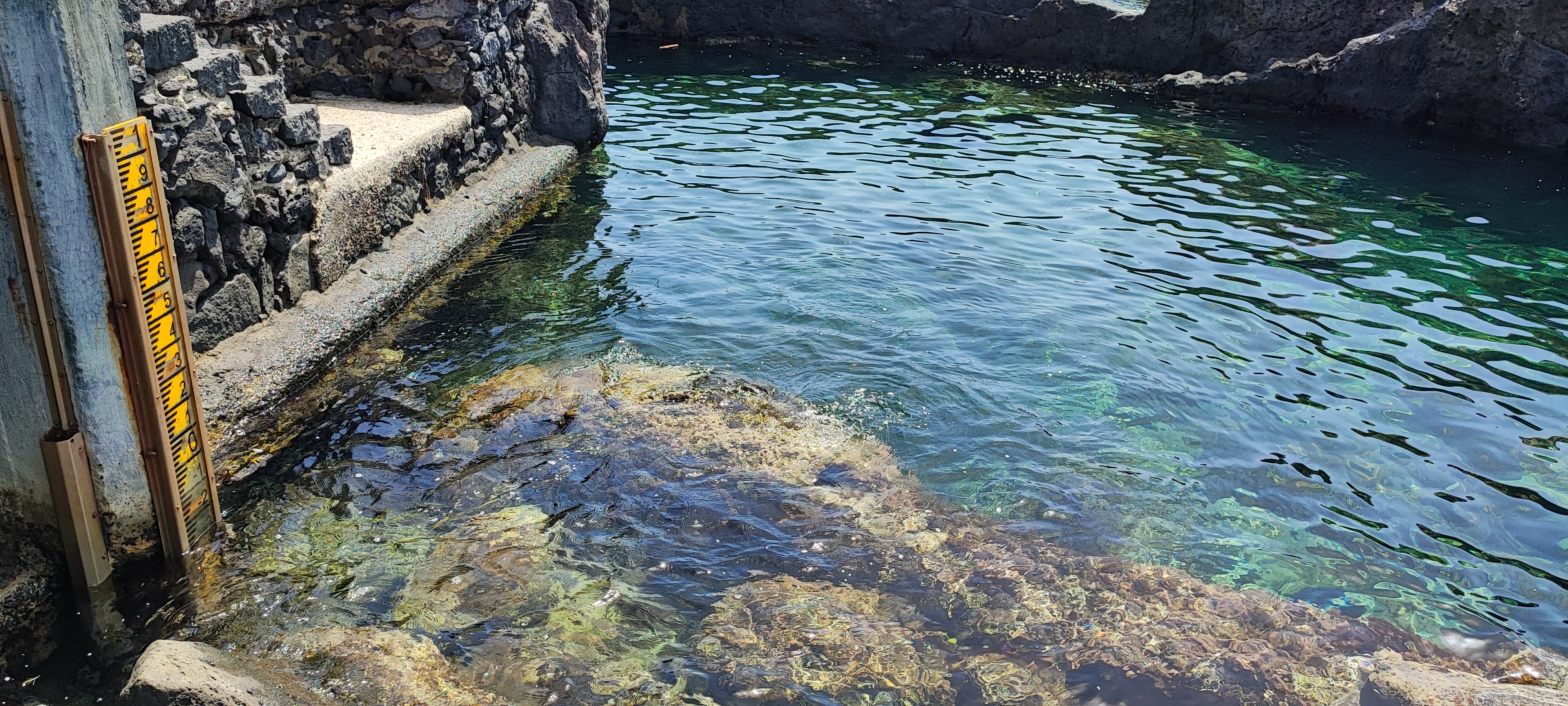On 25 September ended the third and final phase of the survey on tsunami risk perception aimed at tourists visiting the island of Stromboli (ME).
The research is part of the Stromboli project, promoted by INGV in collaboration with the Italian Department of Civil Protection with the aim of identifying the most effective communication strategies to inform the island's visitors of the risks related to volcanic activity and the behaviour to follow in the event of an event.
The CAT-INGV researchers, in collaboration with the INGV Info Point staff, interacted directly with the tourists who frequent the island, illustrating the survey's subject and purpose and issuing a QR code allowing access to the survey questionnaire.
The latter was translated into four languages (French, English, Spanish, and German) to collect the opinions of the majority of tourists frequenting the island.
To date, 670 questionnaires have been collected during the three survey phases. Of these, 58 were completed by French tourists, 13 by Spanish, 55 by English and 48 by Germans. 496 questionnaires were completed by Italian tourists.
Preliminary outputs show that only one third of tourists who visit Stromboli - for one or more days - would know what to do to be safe in case of a tsunami warning and only 31% are aware of escape routes.
Stromboli Island is subject to tsunami risk due to volcanic activity and the accumulation of lava and pyroclastic materials on the Sciara del Fuoco slope.
In December 2002, a landslide along the Sciara del Fuoco caused a tsunami that locally reached a run-up of 11 metres, causing extensive damage to buildings and infrastructure along the coast. Following the 2002 event, an automatic warning system was implemented on the island by the University of Florence's Experimental Geophysics Laboratory.
More recently, in 2019 and 2022, the increase in volcanic activity generated two small tsunamis that were recorded by detection instruments, which were not observed by the population.






